15 Mistakes Orchid Growers Make and How to Avoid Them
Orchids are beautiful but notoriously sensitive plants, and caring for them requires attention to detail.
Many orchid enthusiasts make common mistakes that affect the plant’s growth, health, and ability to bloom.
From improper watering to incorrect lighting, these 15 popular mistakes can be avoided with the right knowledge and care techniques.
Learn how to nurture your orchids successfully by steering clear of these frequent errors and enjoy a garden filled with thriving, beautiful orchids.
Place Your Orchid in Direct Sunlight
Orchids enjoy sunlight but require it in moderation to thrive without damage. Direct sunlight, especially in the afternoon, can scorch leaves and fade blooms prematurely.
Placing them in an east-facing window, where they can soak in gentle morning sun for 1-2 hours, gives them the perfect balance of light. If you want your orchids to flourish, providing indirect light is key, ensuring the colors stay vibrant and leaves remain lush without the risk of sunburn.
Not Providing Enough Ventilation
Airflow is essential for orchids, as it helps prevent the buildup of moisture that can lead to rot or fungal issues. While orchids benefit from a humid environment, crowding them too closely with other plants may trap excess moisture.
Grouping no more than 2-3 orchids together ensures they maintain a healthy humidity level with enough ventilation, reducing the risk of diseases and allowing each orchid to breathe. Healthy ventilation supports robust blooms and foliage, giving each plant room to shine.
Choose the Right Growing Medium
Selecting the proper growing medium is crucial for orchid health. Unlike other houseplants, orchids need airy, well-draining materials such as fir bark, sphagnum moss, or coconut husk chips, which allow roots to access oxygen and avoid suffocation.
Regular soil traps moisture and blocks airflow, harming delicate roots over time. Specialized mixes encourage healthy root growth and vibrant blooms, so using the right medium will help your orchid thrive and display its beauty fully.
Avoid Transplanting During Blooming
Transplanting orchids during their blooming phase can be disruptive, as the plant directs its energy toward flower production. Repotting at this stage may lead to shock and weaken both the blooms and the plant.
Waiting until the orchid has finished flowering allows for safer transplanting and minimizes stress, giving roots time to adjust to new soil and preventing flower loss. Your orchid will appreciate the chance to bloom uninterrupted, offering more stunning flowers over time.
Avoid Excessive Fertilizing
Fertilizing orchids requires a delicate balance, as too much can harm the plant. Orchids thrive on a diluted, balanced formula like 10-10-10, applied every 5-6 weeks.
Over-fertilizing can lead to salt buildup, damaging the roots and causing blooms to drop. Diluting the fertilizer helps nourish the plant without overwhelming it, supporting steady growth and prolonging the life of each bloom.
Orchids with balanced nutrition display lush leaves and produce beautiful flowers.
Select the Right Type of Orchid
Choosing the right orchid variety is essential for success. Orchids vary greatly in terms of light, humidity, and watering needs, so selecting one that fits your care capacity and environment simplifies maintenance.
Some varieties thrive with less humidity or direct care, while others flourish with regular attention. Matching the orchid to your specific conditions leads to healthier growth and more resilient plants, helping you enjoy a beautiful and manageable indoor garden.
Avoid Using Too Hot or Cold Water
Temperature is another important consideration when watering orchids, as extreme temperatures can shock the roots. Lukewarm water at a comfortable temperature encourages root absorption without causing stress.
Cold or hot water can disrupt growth and lead to root damage. Maintaining a steady water temperature adds to the orchid’s overall comfort, promoting resilience and optimal growth that showcases the plant’s best qualities.
Keep Your Orchid in a Warm Spot
Maintaining a warm and stable environment is essential for healthy orchids, especially in cooler climates. Drafty windows or fluctuating temperatures can cause stress, affecting bloom quality and growth.
Placing orchids away from direct cold drafts and near warmer spots keeps them comfortable, enabling steady growth and strong blooms. Orchids thrive in consistent warmth, rewarding you with rich colors and extended flowering seasons.
Use Soft Water Only
Using soft water for orchids can make a noticeable difference in their growth and bloom quality. Hard water, rich in salts and minerals, accumulates in the roots, blocking nutrient uptake and causing leaves to yellow.
Leaving tap water out overnight or using spring water helps keep the medium balanced, allowing the orchid to access essential nutrients freely. Proper hydration with soft water enhances overall health, supporting a thriving orchid with strong, healthy blooms.
Re-Pot Regularly
Repotting orchids every 1-2 years revitalizes their growing environment, providing fresh, nutrient-rich material that aids root health. Orchids benefit from new potting mix regularly, as old medium can compact and reduce airflow.
Repotting also offers a chance to inspect roots and prune any unhealthy parts, keeping the orchid in top shape. Orchids that receive regular re-potting display strong growth and offer extended bloom periods, adding life to your indoor space.
Avoid Overwatering
Avoiding overwatering is critical to orchid health, as these plants prefer to dry out slightly between waterings. Checking the medium’s moisture level before each watering prevents root rot, a common issue for orchids.
Orchids that are allowed to dry slightly between waterings have stronger, healthier roots that support lush leaves and vibrant blooms. With this approach, your orchid will flourish in its environment, showcasing a steady, healthy growth pattern.
Maintain Cleanliness for Orchids
Cleanliness is vital for orchids, as dust-free leaves improve light absorption and support respiratory functions. Wiping leaves gently with a damp cloth once a week keeps them dust-free, allowing the plant to breathe better.
Regular cleaning also helps deter pests and gives you a chance to inspect the plant for early signs of issues. Orchids maintained in a clean environment display vibrant foliage, adding elegance to your indoor garden while staying healthy.
Avoid Misting the Flowers
Orchids flourish in high humidity but need protection from direct misting on their flowers. Moisture on delicate petals can lead to premature wilting, so mist only the leaves to maintain high humidity.
Misting the surrounding area and grouping orchids together creates a humid environment without harming the blooms. A balanced humidity level around the orchid will extend the bloom’s life and promote lush foliage, enhancing the overall vitality of the plant.
Avoid Underwatering
While avoiding overwatering is key, underwatering can be equally detrimental to orchids. Insufficient moisture causes leaves to yellow, buds to drop, and overall plant health to decline.
Monitoring the moisture level helps maintain a balance, ensuring your orchid receives just the right amount to support its lush foliage and stunning flowers. Orchids given consistent care flourish and provide lasting beauty, enhancing any indoor garden space.
Don’t Water the Foliage Directly
Watering orchids at the base helps keep the foliage and blooms healthy. When water settles on leaves or flowers, it can lead to rot and fungal infections, damaging the plant.
Directing moisture solely to the roots allows orchids to absorb water effectively while avoiding the risks of rotting foliage. With this method, your orchid can flourish without water-related issues, keeping its beauty intact and vibrant.

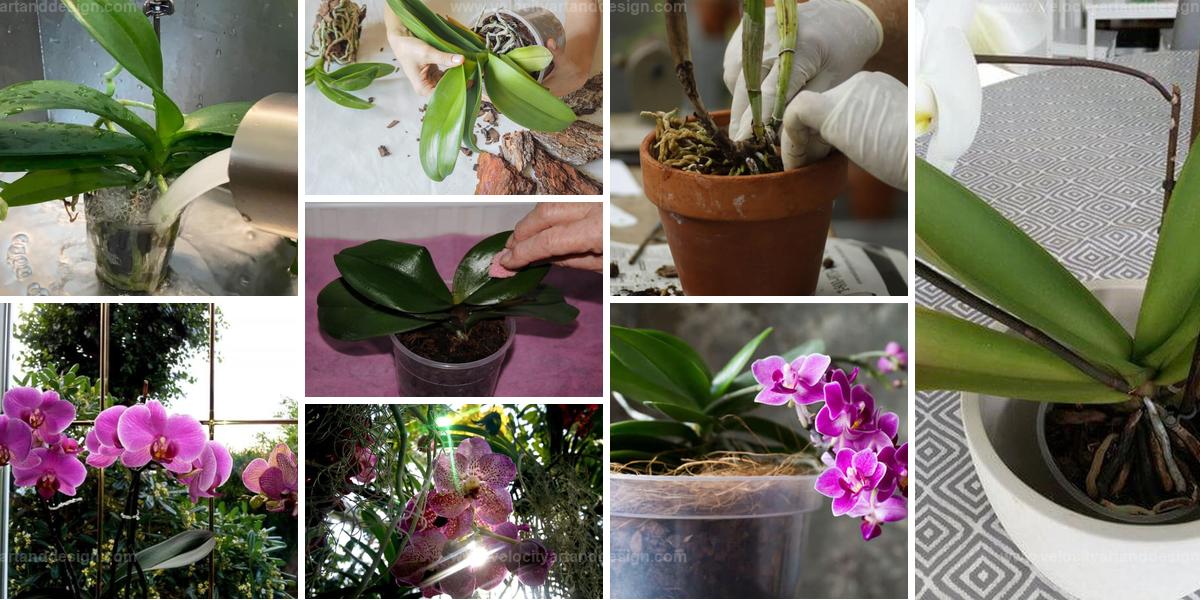
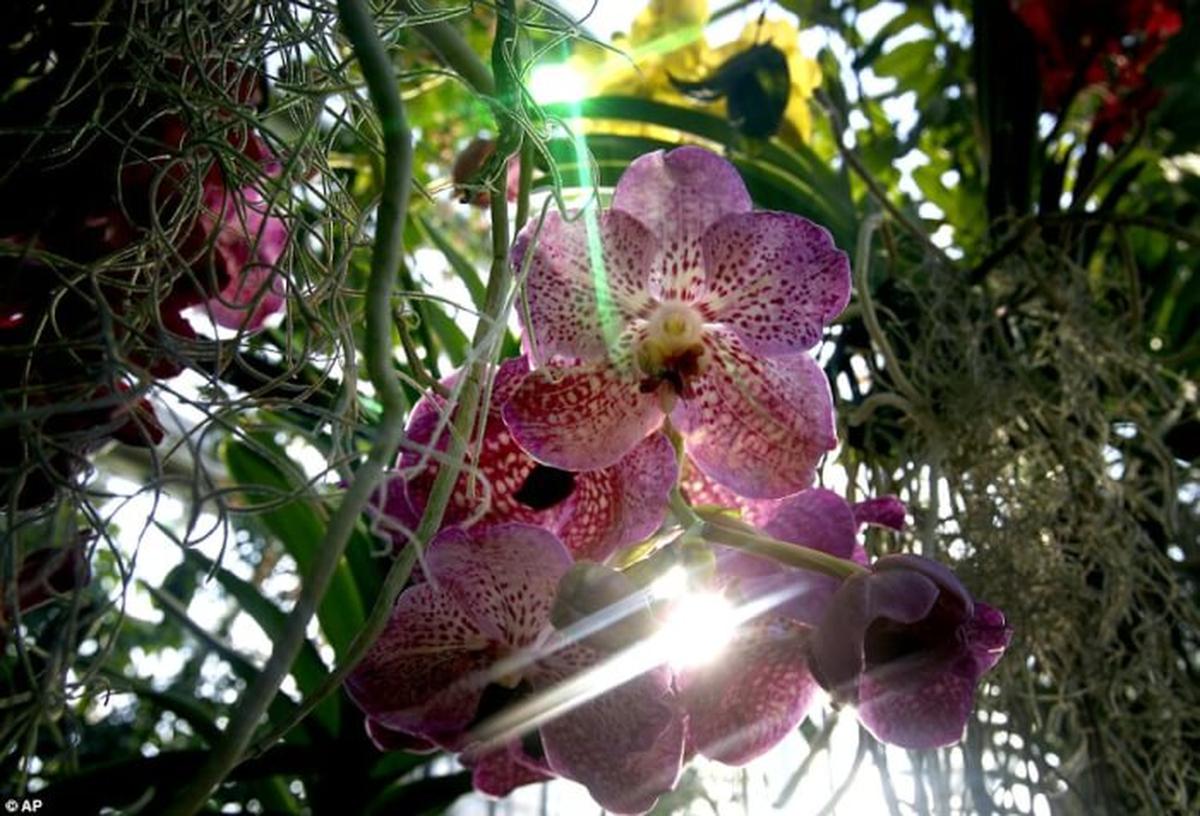
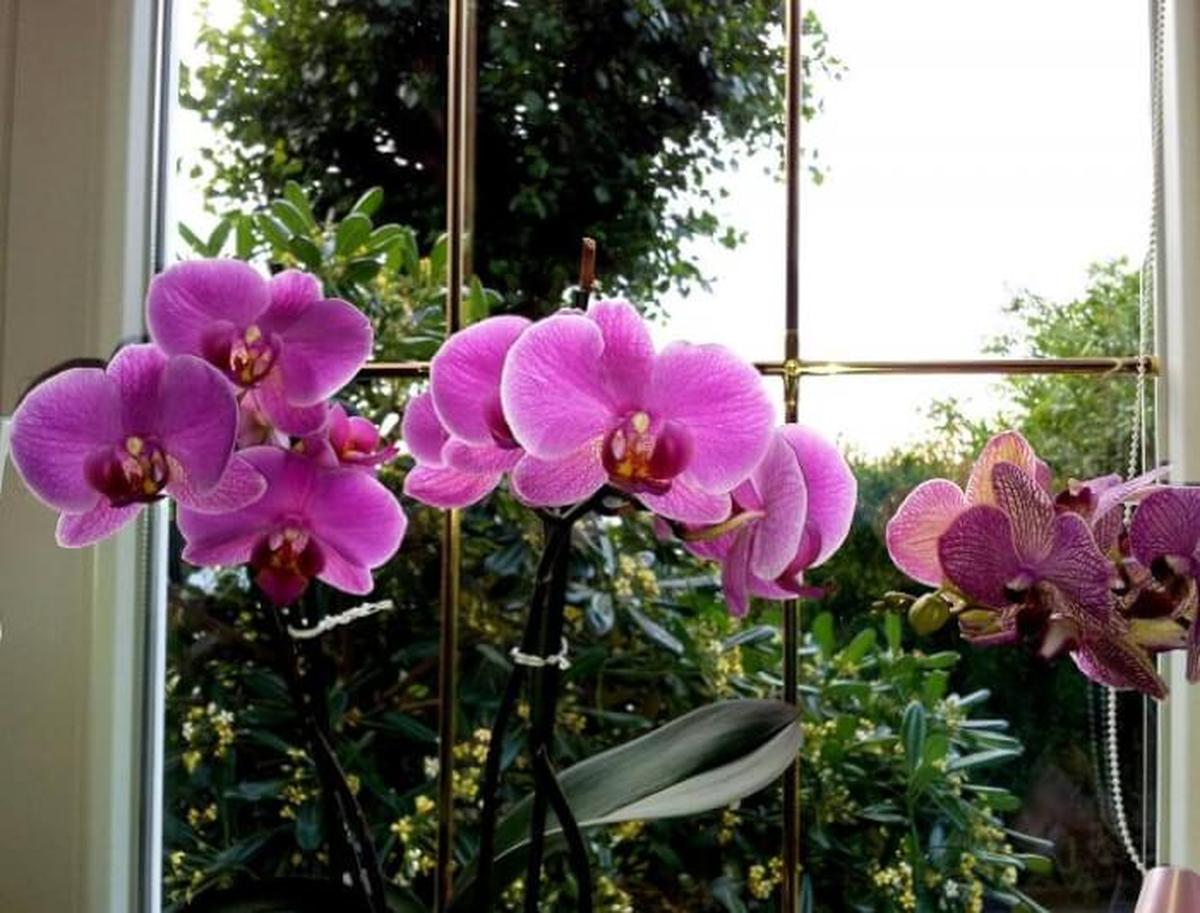
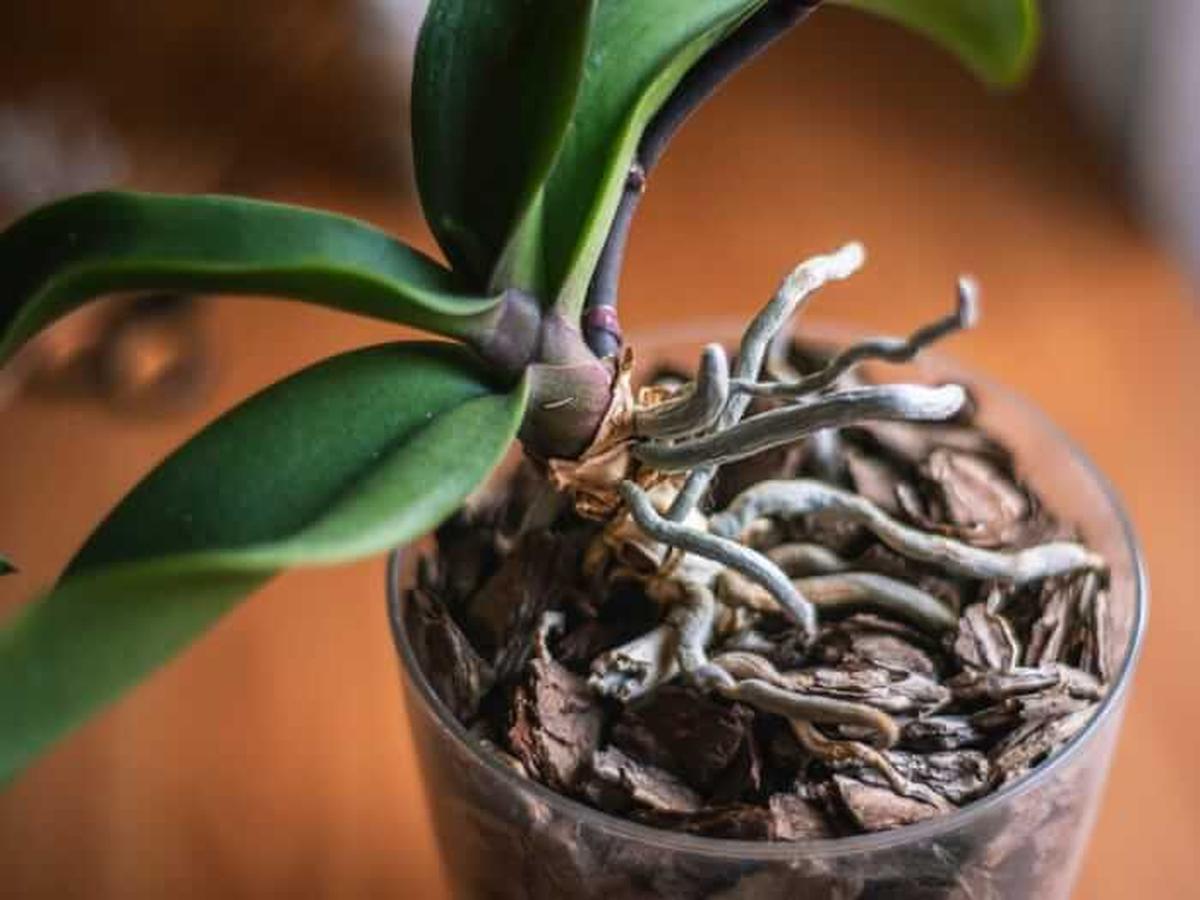
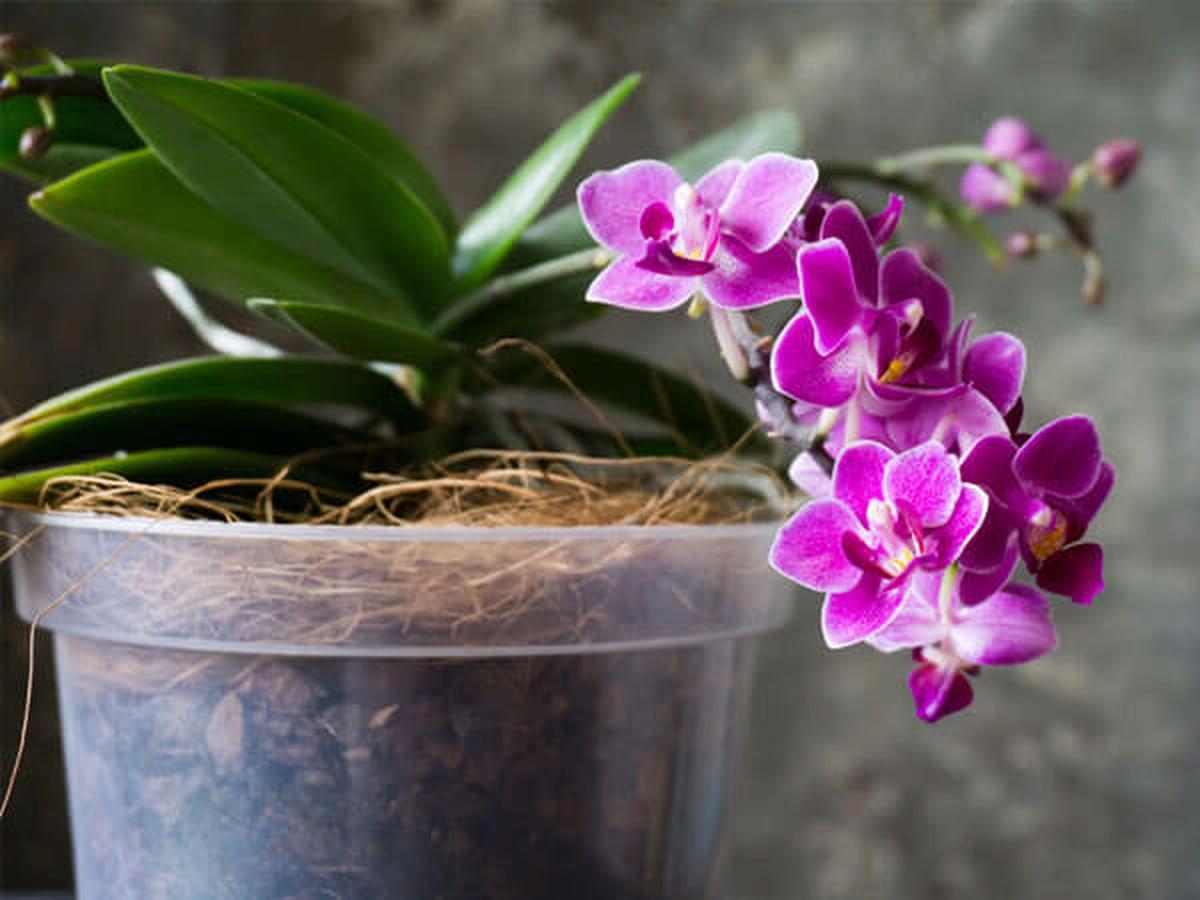
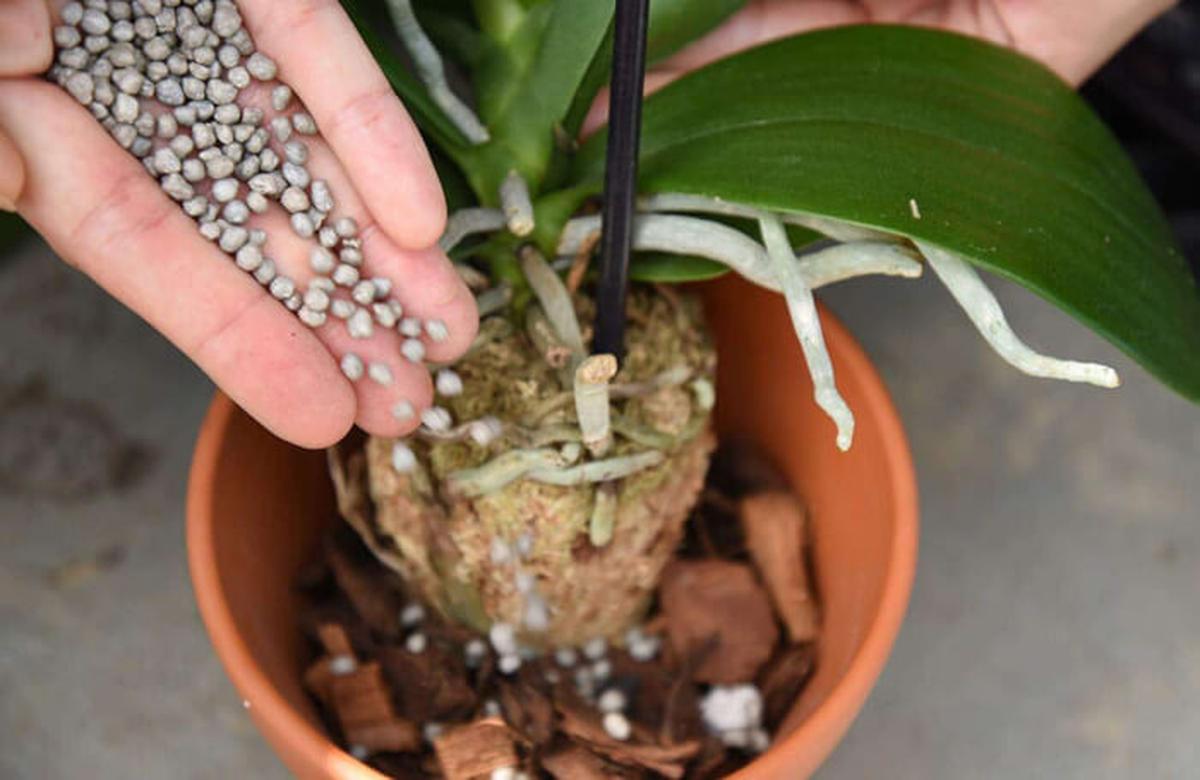
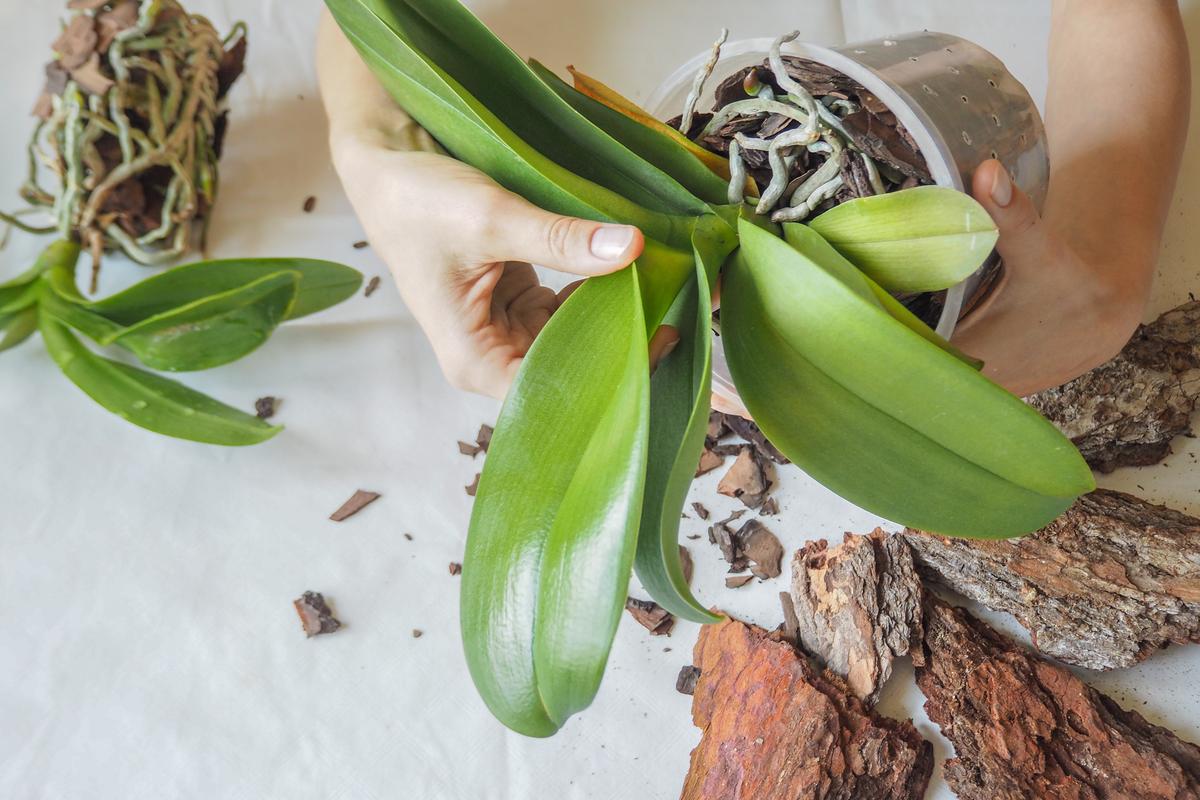
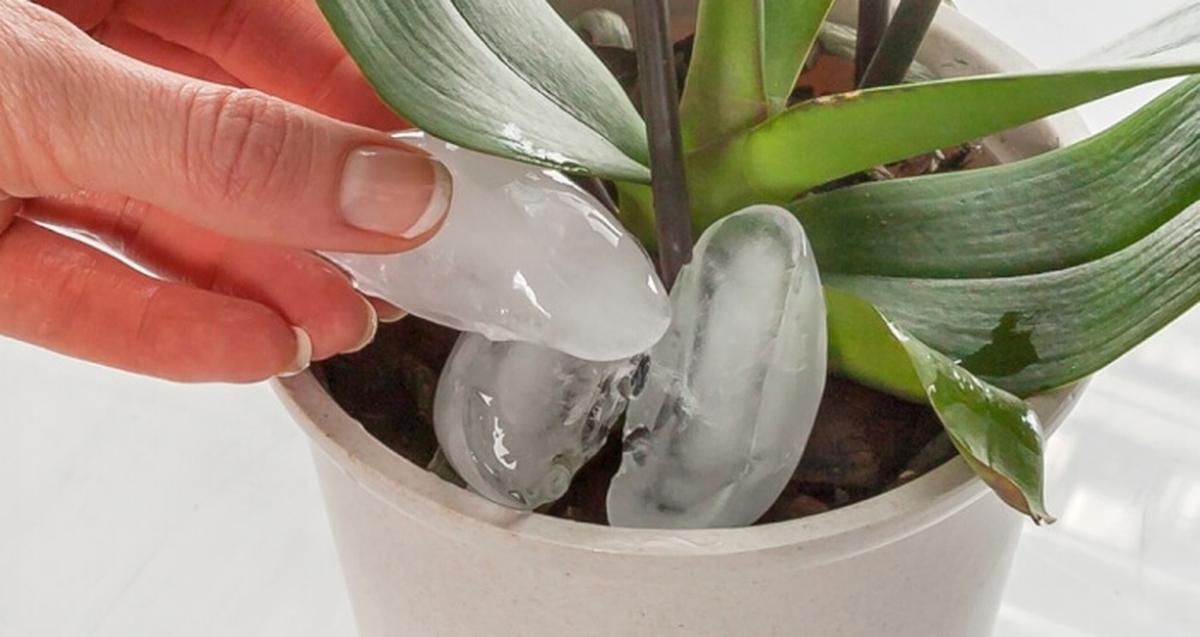
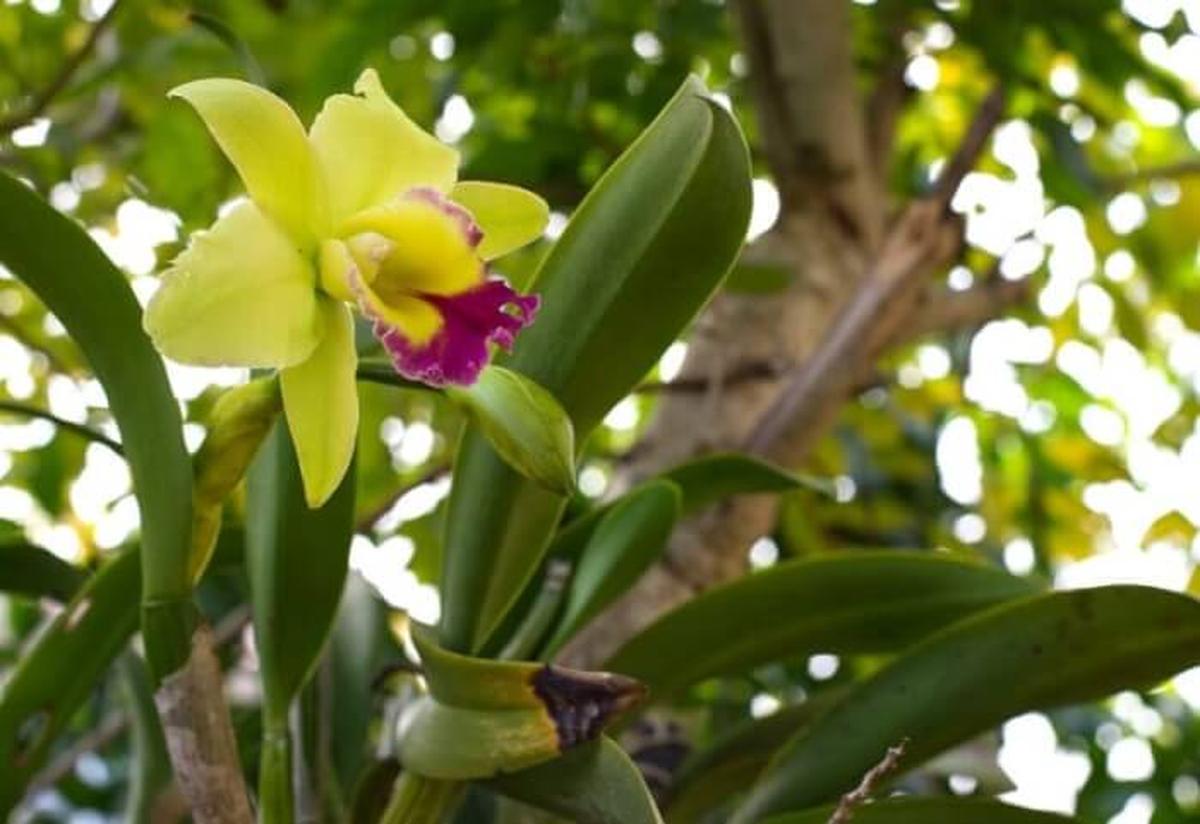
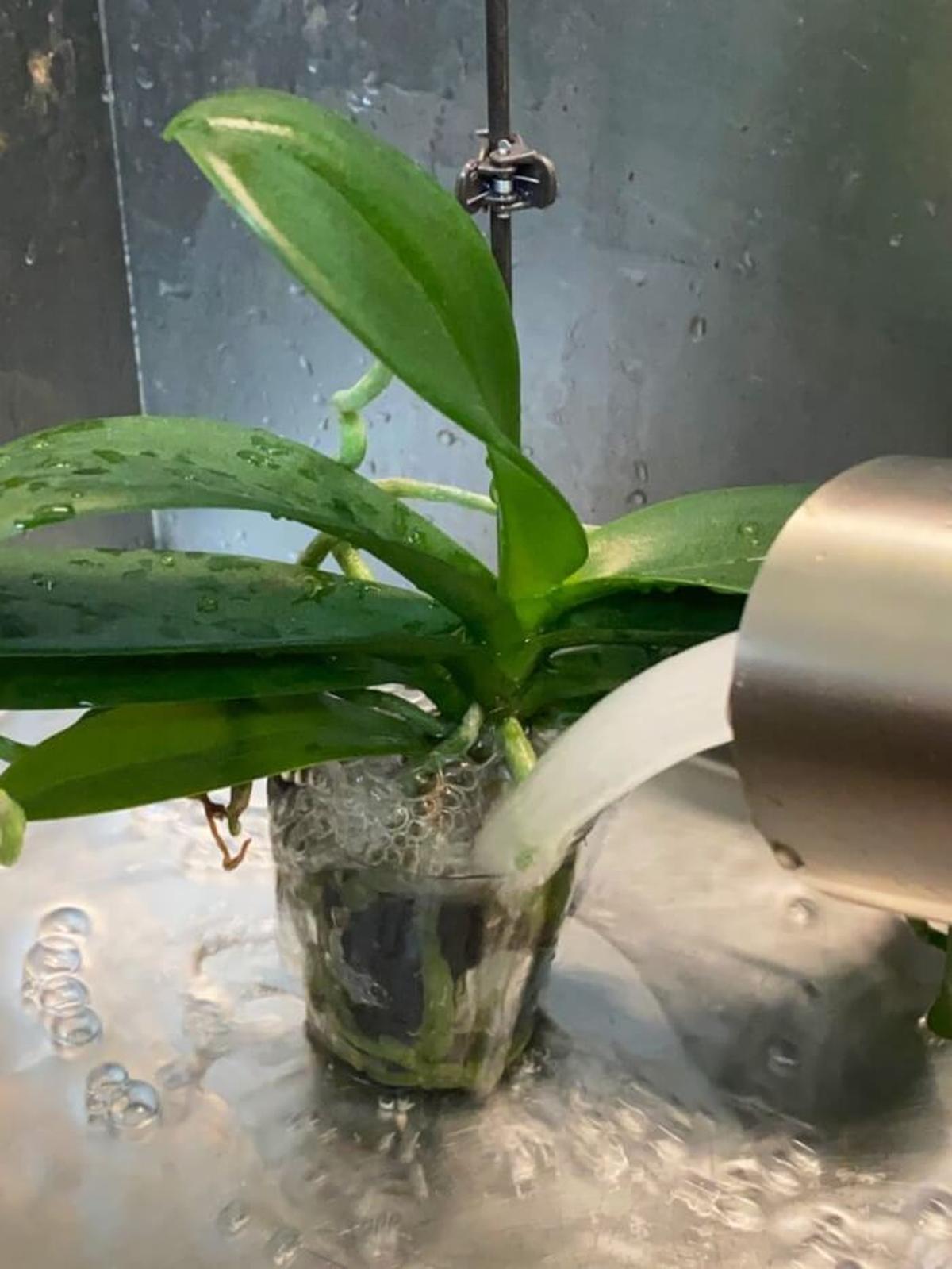
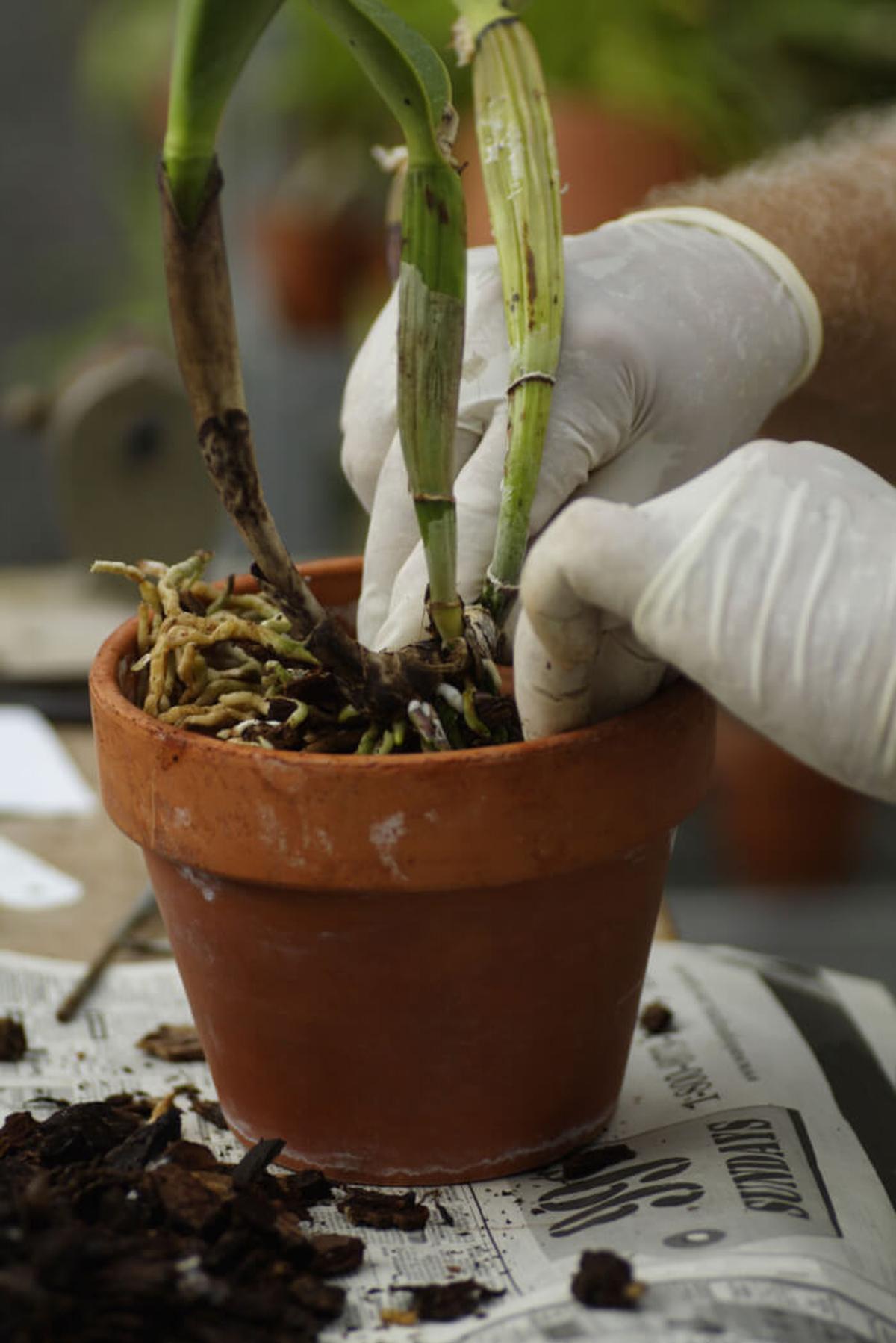
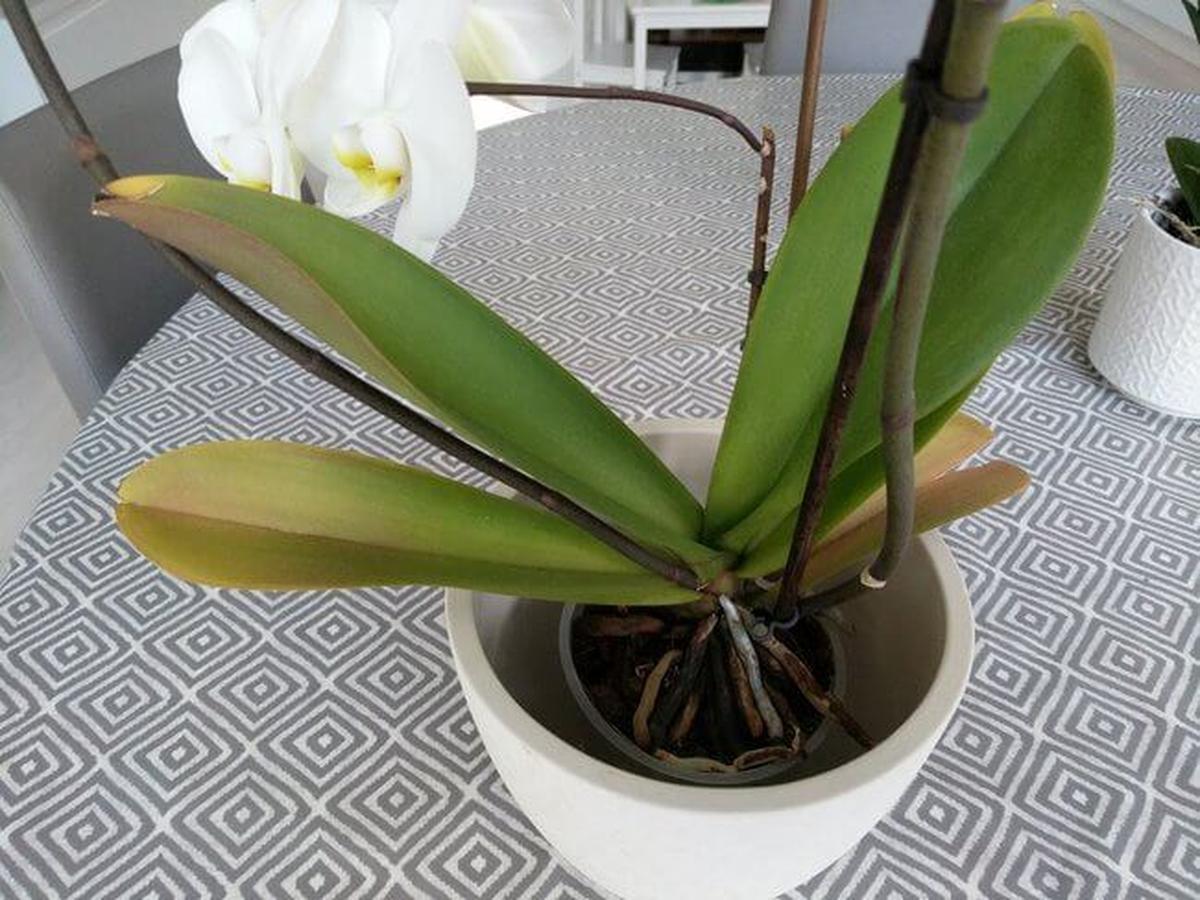
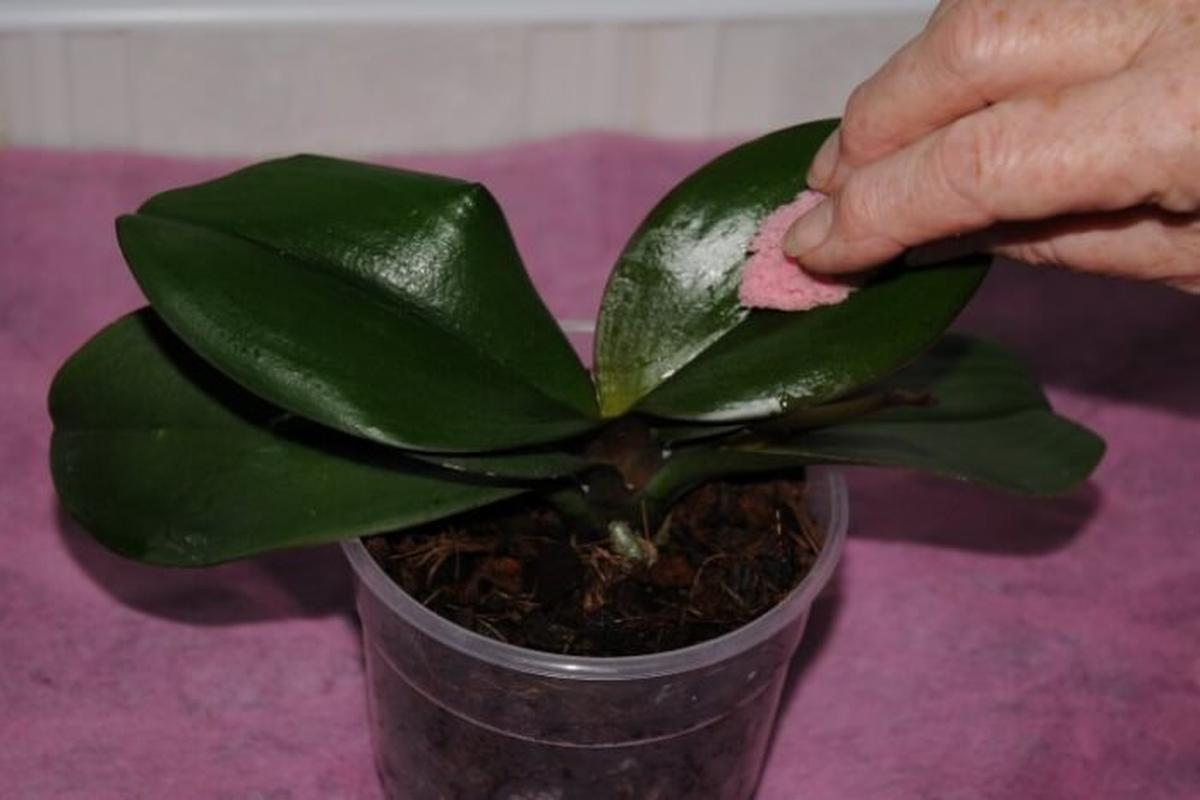
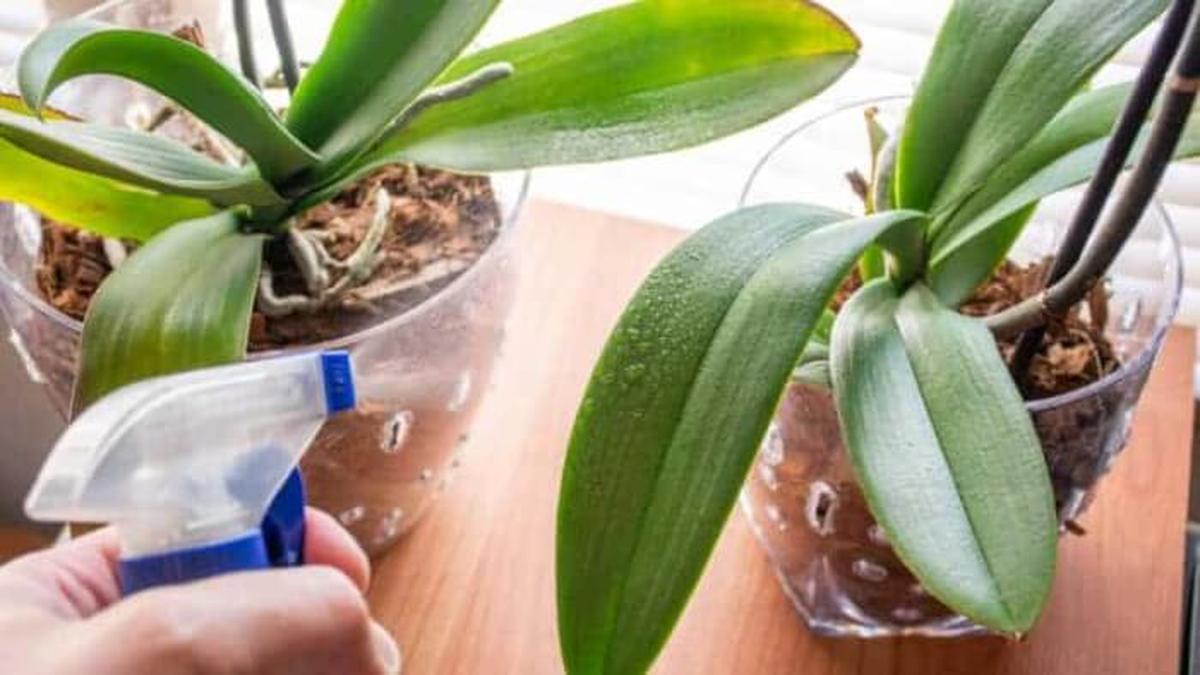
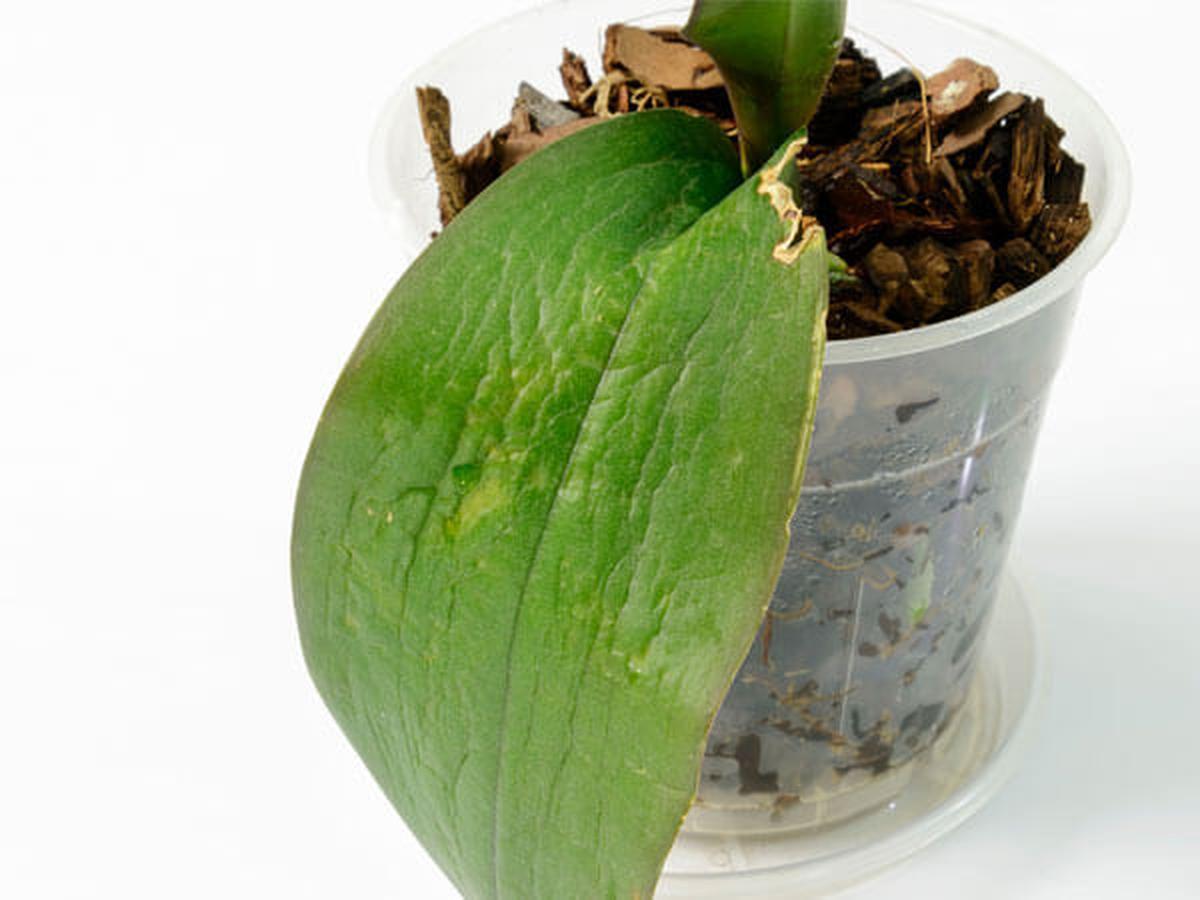
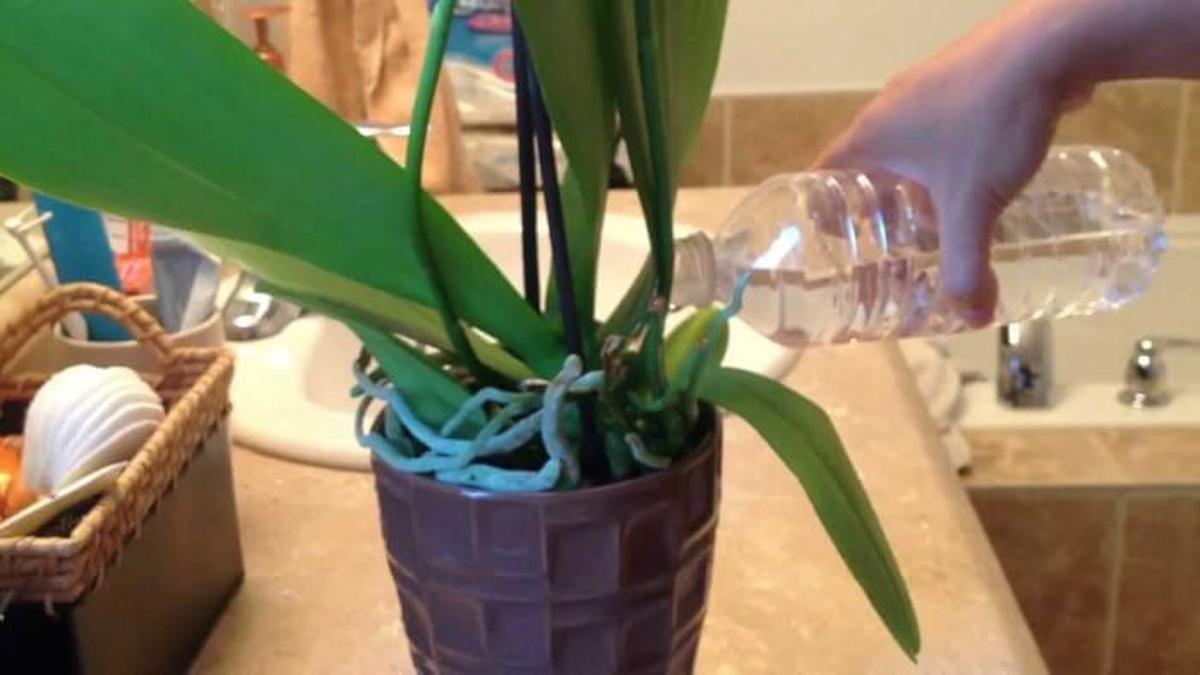
James Turner
Founder & Lead Designer
Expertise
Interior Design, Sustainable Design Practices, Spatial Planning, Innovative Material Applications, Contemporary Art Techniques, Visual Communication, Multimedia Artistry, DIY Design and Home Projects, Eco-Friendly Living Spaces, Creative Solutions
Education
University of Cincinnati College of Design, Architecture, Art, and Planning (DAAP)
Columbus College of Art & Design (CCAD), Columbus, OH
James Turner is the founder and lead designer at Velocity Art and Design. He studied Interior Design at the University of Cincinnati, focusing on eco-friendly design and smart use of space.
Later, he expanded his artistic skills with a Fine Arts Certificate from the Columbus College of Art & Design, where he learned about modern art and visual storytelling.
With over 10 years in design, James is passionate about making spaces that are both beautiful and practical. He shares his DIY tips and creative ideas to inspire others to explore their own creativity and transform their living spaces.